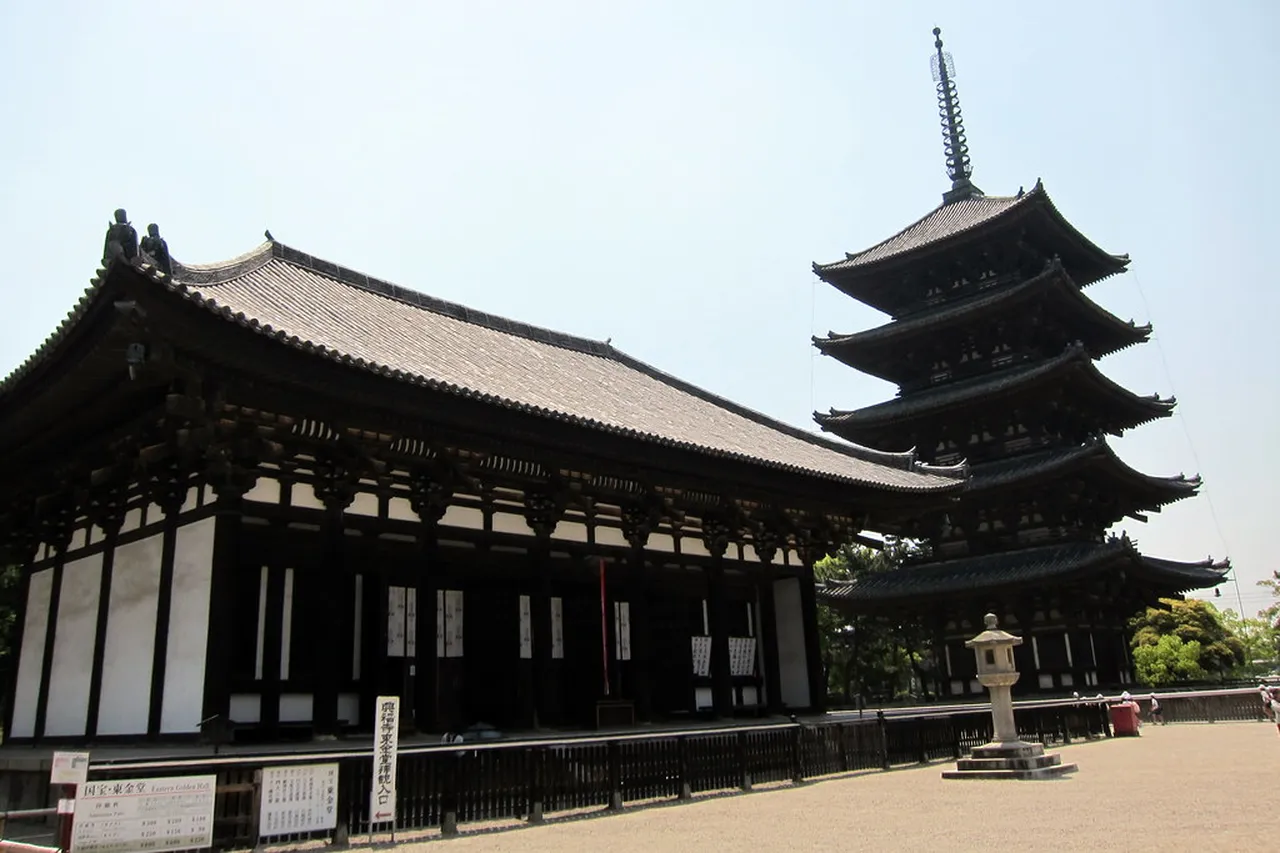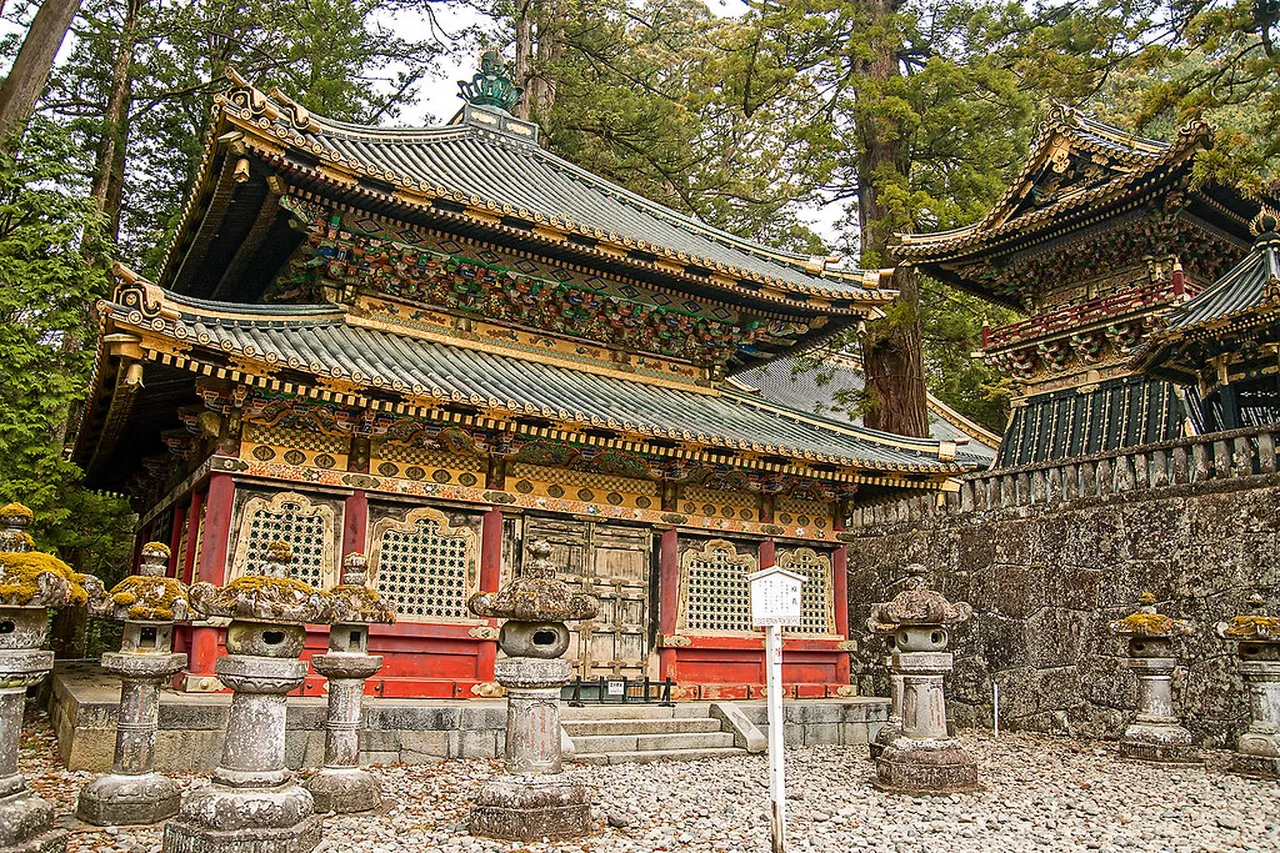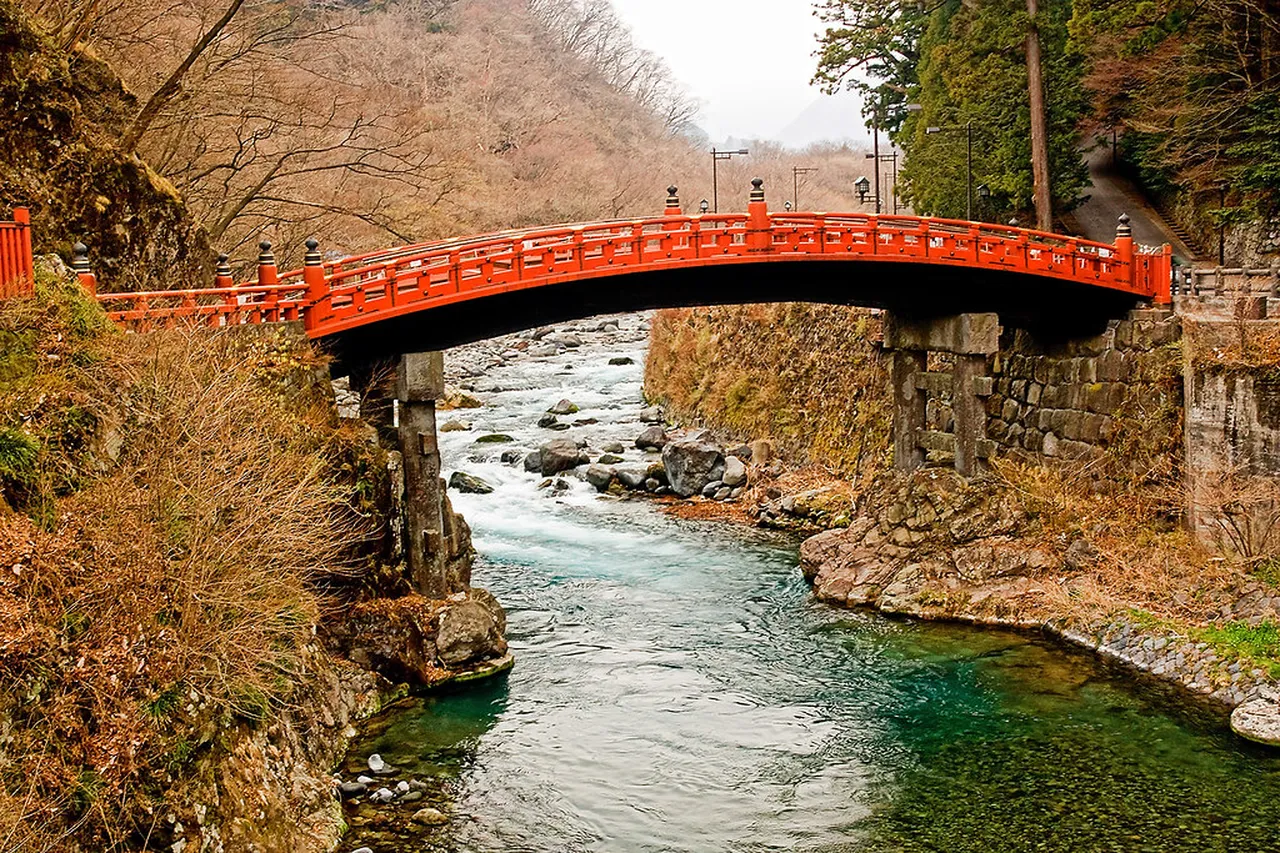
Nikkō Landmarks: Top 10 Must-See Sites in Japan
Table of Contents
Nikkō Landmarks
Nikkō, a UNESCO World Heritage site, is home to some of Japan’s most breathtaking landmarks that beautifully blend nature and Culture. Nestled in the mountains of Tochigi Prefecture, Nikkō is renowned for its stunning shrines and temples, lush scenery, and vibrant autumn colors. In this article, we will explore the top 10 Nikkō landmarks that must be on every traveler’s itinerary. From the elaborate Toshogu Shrine to the picturesque Kegon Falls, each landmark tells a story that reflects Japan’s rich history and spiritual traditions, inviting visitors to immerse themselves in its enchanting allure.
Want to find the best travel deals for this destination? adventure planner platform with our adventure planning specialist!
1. Toshogu Shrine: The Ultimate Symbol of Nikkō Landmarks

The Toshogu Shrine is undoubtedly the most significant of all Nikkō landmarks. Nestled in the peaceful forest, this shrine is dedicated to Tokugawa Ieyasu, the founder of the Tokugawa shogunate. As you approach the shrine, you’ll notice its ornate architecture, which reflects the artistry of the Edo period.
Moreover, visiting Toshogu Shrine allows you to explore intricate carvings and peaceful gardens that surround it. The famous Yomeimon Gate showcases stunning craftsmanship and is often regarded as a highlight of the complex. Additionally, do not miss the opportunity to witness traditional ceremonies held here, which provide a glimpse into Japan’s rich history.
2. Futarasan Shrine: A Sacred Site with a Stunning View

Another essential landmark in Nikkō is the Futarasan Shrine. This sacred site is dedicated to the deities of Mount Nantai, a revered mountain in the region. The shrine offers a tranquil atmosphere that is perfect for reflection and meditation.
As you wander through the lush grounds, you’ll discover beautiful wooden structures and enjoy breathtaking views of the surrounding landscape. Additionally, Futarasan Shrine is a great starting point for hiking trails that lead up to the peak of Mount Nantai. Thus, many visitors find their journey rewarding both spiritually and physically.
3. Rinnoji Temple: A Spiritual Haven Amidst Nature

Rinnoji Temple is another gem among Nikkō landmarks that showcases the region’s spiritual heritage. Established in the 8th century, this temple is known for its serene environment and beautiful gardens. The main hall, Sanbutsudo, features three impressive gold-plated statues of the Buddha.
Visitors often remark on the temple’s peaceful ambiance, making it a perfect spot for quiet contemplation. Additionally, the surrounding forest enhances the spiritual experience. Therefore, when in Nikkō, make sure to include Rinnoji Temple in your itinerary to appreciate its rich cultural significance and natural beauty.
4. Shinkyo Bridge: A Photogenic Entryway to Nikkō

The Shinkyo Bridge, often regarded as the most photographed spot in Nikkō, is a striking red wooden arch bridge that spans the Daiya River. This bridge is not only an essential access point to the many Nikkō landmarks, but it also oozes historical significance. Built in the early 17th century, Shinkyo Bridge was initially reserved for the imperial family and monks.
As I stood on the bridge, I marveled at the scenic view framed by lush forests and mountainous backdrops. The vibrant colors of the bridge contrast beautifully with the surrounding nature, especially during the vibrant autumn season. Moreover, the bridge is illuminated at night, offering a different perspective that is equally enchanting.
Tip: Arrive early in the morning or near sunset for the best lighting conditions for photos!
5. Kegon Falls: A Majestic Natural Wonder
Insider Tip: Get the most out of your Nikko visit with guided tours!

No visit to Nikkō would be complete without experiencing the stunning Kegon Falls. This waterfall, which cascades dramatically from a height of 97 meters, is recognized as one of Japan’s top three waterfalls. Standing at the observation platform, the roar of water and the mist enveloping the area create a surreal atmosphere.
Interestingly, Kegon Falls offers different perspectives depending on the season. In spring, the surrounding cherry blossoms enhance its beauty, while in winter, the frozen scenes can be breathtaking. Furthermore, a nearby elevator takes visitors closer to the base of the falls, providing a thrilling view from below.
Pro Tip: Don’t forget your camera, as the views are simply unforgettable!
6. Lake Chuzenji: Serenity and Scenic Beauty in Nikkō
Just a short drive from Nikkō lies Lake Chuzenji, an idyllic alpine lake formed by volcanic activity. This serene body of water boasts breathtaking views, surrounded by mountains and lush vegetation. In fact, it is perfect for those looking to unwind and reconnect with nature.
The lake’s stunning beauty is complemented by various Activities, including boating and hiking. During the warmer months, visitors can rent pedal boats or canoes to explore its tranquil waters. Additionally, the hiking trails around the lake provide opportunities to witness wildlife and stunning panoramas.
Remember: Visiting during autumn offers a chance to see the vibrant foliage reflecting off the water!
7. Nikko National Park: Exploring Breathtaking Landscapes
Nikko National Park is a stunning escape into nature, showcasing an incredible range of Nikkō Landmarks. Spanning over 1,400 square kilometers, this national park is renowned for its diverse ecosystems and breathtaking scenery. As you traverse through the park, you’ll encounter majestic mountains, lush forests, and sparkling lakes that lure nature lovers from all corners of the globe.
One of the best times to visit Nikko National Park is during autumn. During this period, the vibrant colors of the foliage create a spectacular backdrop. In addition, there are countless trails that cater to both novice and seasoned hikers, ensuring that everyone can enjoy the beauty of the area.
Pro Tip: Don’t forget to bring your camera! The natural landscapes provide numerous opportunities for breathtaking photography.
8. The Yomeimon Gate: Architectural Marvel of Toshogu
Recommendation: Don't miss out on amazing Nikko tours - book now!
The Yomeimon Gate stands as an impressive example of traditional Japanese architecture, and it is one of the most iconic Nikkō Landmarks. Known for its ornate decorations and intricate carvings, this gate serves as the entrance to the Toshogu Shrine. Visitors often find themselves in awe of the detailed craftsmanship that Highlights Japan’s rich history.
This gate is famous not only for its beauty but also for its symbolic representation of Tokugawa Ieyasu, the founder of the Tokugawa shogunate. Consequently, it attracts history buffs and architectural enthusiasts alike. When you visit, make sure to take your time admiring the representations of the twelve animals of the zodiac embroidered into the design.
9. Kanmangafuchi Abyss: A Tranquil Path of Statues
The Kanmangafuchi Abyss offers a peaceful walk lined with Nikkō Landmarks that create an atmosphere of tranquility. As you stroll along this serene path, you’ll encounter hundreds of stone Jizo statues, each representing the guardians of children and travelers. The lush greenery and the gentle sound of flowing water enhance the serene ambiance of this sacred site.
This pathway stretches nearly a kilometer, making it an accessible journey for all. Visitors often find themselves reflecting on the beauty of nature and the stories behind these stone figures. Some folks choose to bring their own offerings, adding a personal touch to this lovely area.
Remember to pause and soak in the atmosphere — it’s a perfect spot for meditation or quiet contemplation.
10. Tamozawa Imperial Villa: Experience Japan’s Royal Heritage
The Tamozawa Imperial Villa is a stunning testament to Japan’s royal heritage, situated in the serene surroundings of Nikkō. Originally built in the late 19th century, it served as a summer retreat for the Imperial family. As you wander through the villa, you’ll be captivated by its unique blend of both Western and traditional Japanese architectural styles.
Furthermore, the villa is surrounded by lush gardens that provide a tranquil escape from the hustle and bustle of daily life. The spacious grounds are an excellent place to take leisurely strolls, especially in spring when the cherry blossoms bloom. Additionally, the villa offers guided tours, which allow visitors to understand its significance in Japan’s history.
Pro Tip: Don’t forget to bring your camera, as the juxtaposition of the villa against the natural landscape creates stunning photo opportunities.
Overall, visiting Tamozawa Imperial Villa is not just about experiencing royal heritage but also embracing the natural beauty that Nikkō has to offer. It is undoubtedly among the top Nikkō landmarks that should be on your itinerary.
Nikkō is a treasure trove of landmarks that encapsulate the essence of Japan’s cultural and natural heritage. Whether you’re wandering through the ornate carvings of Toshogu Shrine or gazing at the serene waters of Lake Chuzenji, each experience is steeped in history and beauty. Which of these remarkable Nikkō landmarks captivates you the most? Share your favorites in the comments below, and start planning your journey to explore the enchanting world of Nikkō.